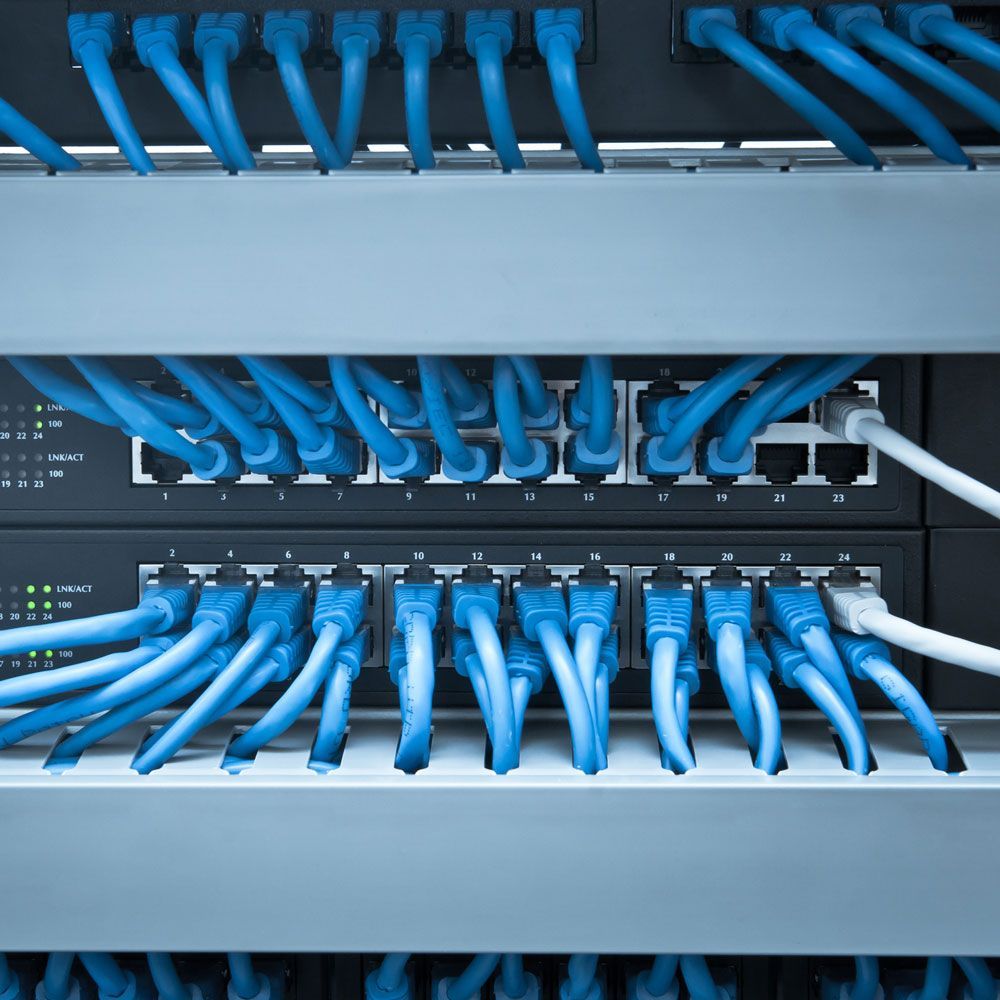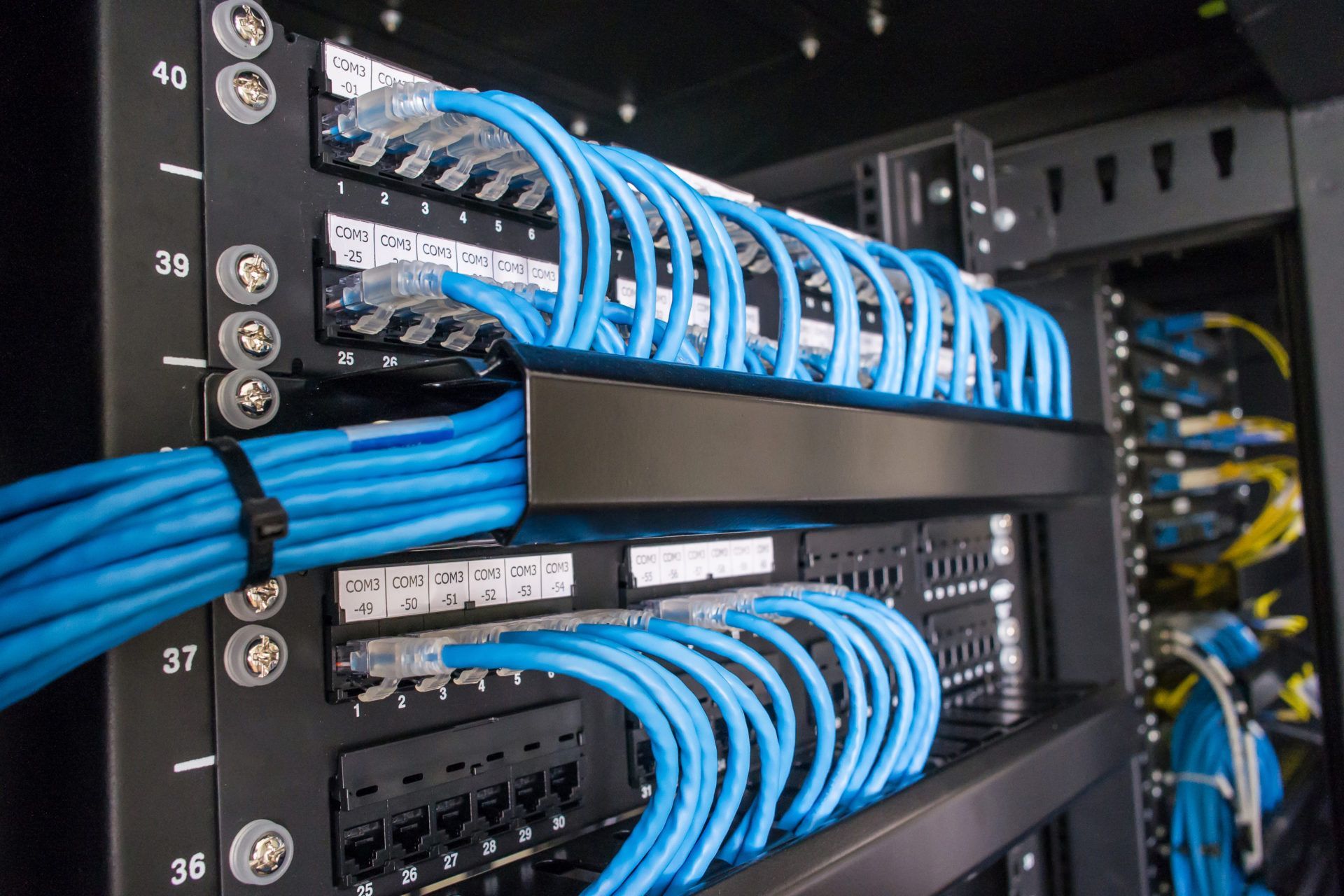Why You Should Use Solid Copper Conductor with Cat6 Cabling and Avoid Cheaper CCA Cable
Why You Should Use Solid Copper Conductor with Cat6 Cabling and Avoid Cheaper CCA Cable

In the rapidly evolving world of technology, structured cabling forms the backbone of any robust network infrastructure. With increasing data demands, high-speed internet, and the rise of smart devices, ensuring a reliable and efficient network is paramount. One critical decision in this domain is choosing the right type of cable. Specifically, the choice between solid copper conductor cables and Copper-Clad Aluminum (CCA) cables can significantly impact the performance and reliability of your network. Here's why using solid copper conductor with Cat6 cabling is essential and why the cheaper CCA cable should be avoided.
The Superiority of Solid Copper Conductor
1. Superior Conductivity
Copper has long been known for its excellent electrical conductivity. Solid copper conductor cables offer low resistance and superior conductivity compared to CCA cables. This means that data can travel through copper cables with minimal loss and interference, ensuring faster and more reliable network performance. For high-speed data transmission, such as those required by Cat6 cables, the superior conductivity of copper is crucial.
2. Enhanced Durability and Longevity
Solid copper cables are more durable and have a longer lifespan than CCA cables. Copper is resistant to corrosion, ensuring that the cable maintains its performance over time. This durability translates to fewer replacements and repairs, making solid copper cables a cost-effective investment in the long run.
3. Better Signal Integrity
One of the key advantages of using solid copper conductor is its ability to maintain signal integrity over long distances. Solid copper cables reduce attenuation (signal loss) and are less susceptible to electromagnetic interference (EMI). This is especially important in environments with a lot of electronic equipment or in areas with high levels of radio frequency interference (RFI).
4. Compliance with Standards
Many industry standards and certifications, such as those from the Telecommunications Industry Association (TIA) and the Institute of Electrical and Electronics Engineers (IEEE), specify the use of solid copper conductors for certain network applications. Using solid copper ensures that your network infrastructure complies with these standards, which is essential for both performance and regulatory reasons.
The Risks of Using CCA Cable
1. Inferior Conductivity
CCA cables consist of an aluminum core coated with a thin layer of copper. While cheaper, aluminum has significantly higher electrical resistance compared to copper. This higher resistance leads to greater signal loss and reduced overall performance, particularly over longer distances. Networks using CCA cables may experience slower data transfer rates and increased latency.
2. Higher Risk of Breakage
Aluminum is less flexible and more brittle than copper. CCA cables are prone to physical damage, such as breaks and cracks, especially during installation or when subjected to bending and flexing. This fragility can lead to frequent network disruptions and higher maintenance costs.
3. Poor Heat Dissipation
Copper's excellent thermal conductivity allows it to dissipate heat effectively. CCA cables, on the other hand, do not dissipate heat as efficiently, leading to potential overheating and increased risk of fire hazards. This is a critical safety concern, particularly in densely cabled environments.
4. Non-compliance with Standards
Many network installations require adherence to specific standards to ensure performance and safety. CCA cables often do not meet these stringent standards, which can lead to issues with compliance and potential legal liabilities. Using non-compliant cables can jeopardize the entire network infrastructure and result in costly rework.
Conclusion
While the initial cost savings of CCA cables might seem tempting, the long-term benefits of using solid copper conductor with Cat6 cabling far outweigh the short-term savings. Solid copper cables provide superior conductivity, durability, signal integrity, and compliance with industry standards, ensuring a reliable and efficient network infrastructure. In contrast, CCA cables pose significant risks, including poor performance, higher maintenance costs, safety hazards, and non-compliance issues.
Investing in solid copper conductor cables is a prudent decision for any business or organization looking to build a robust and future-proof network. The reliability and performance of your network infrastructure depend on the quality of the cabling, making solid copper the clear choice for Cat6 installations.












